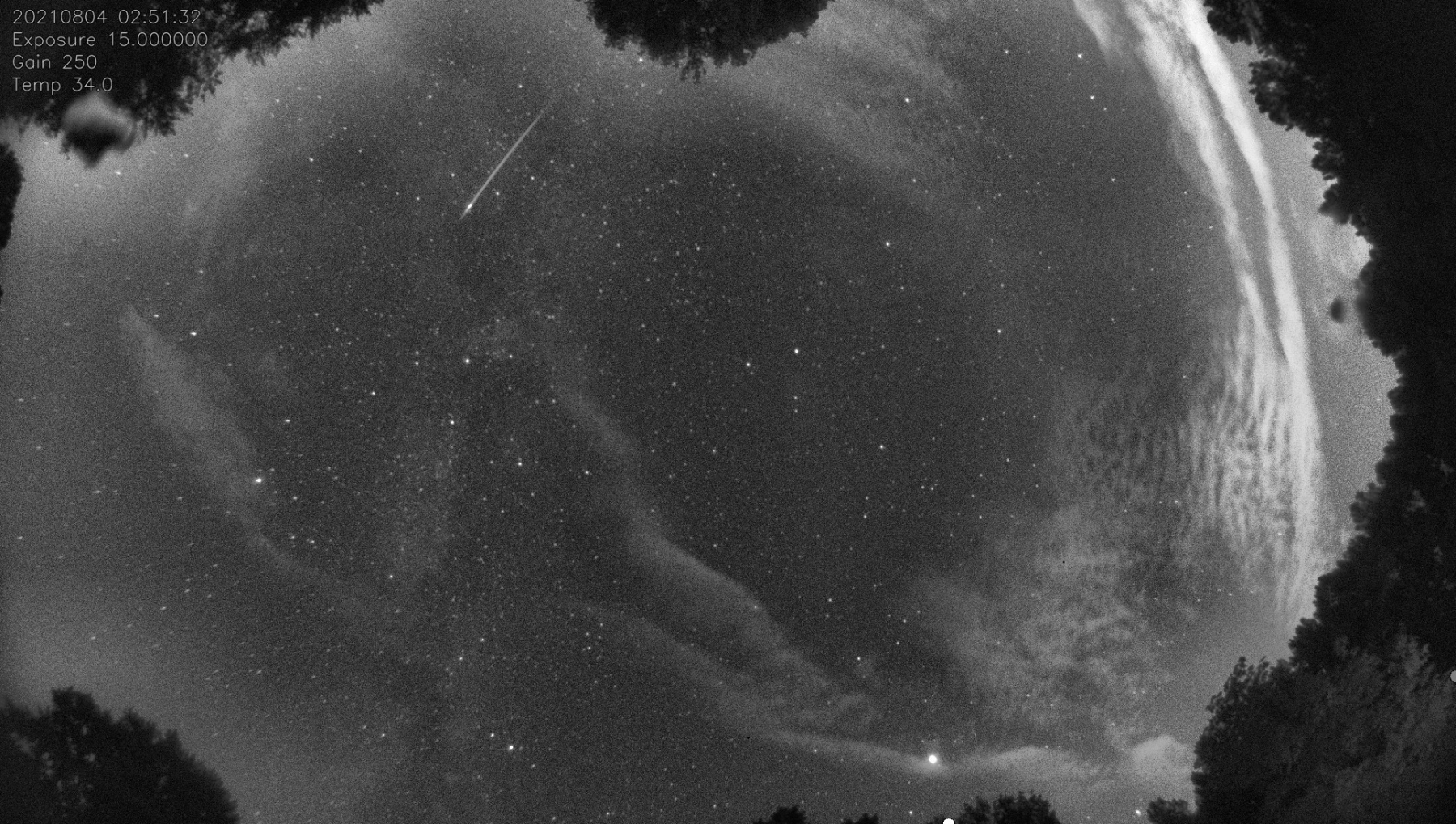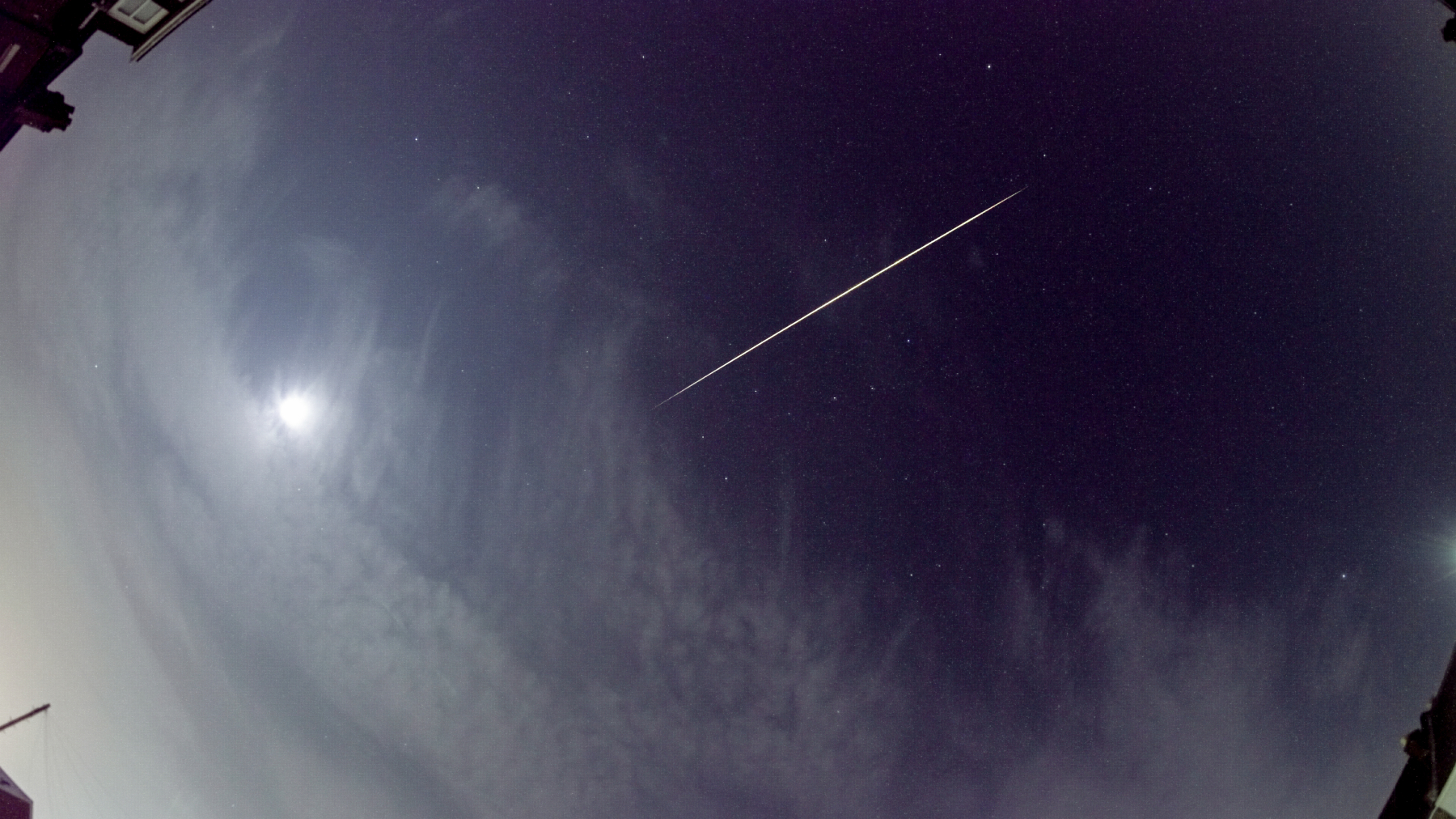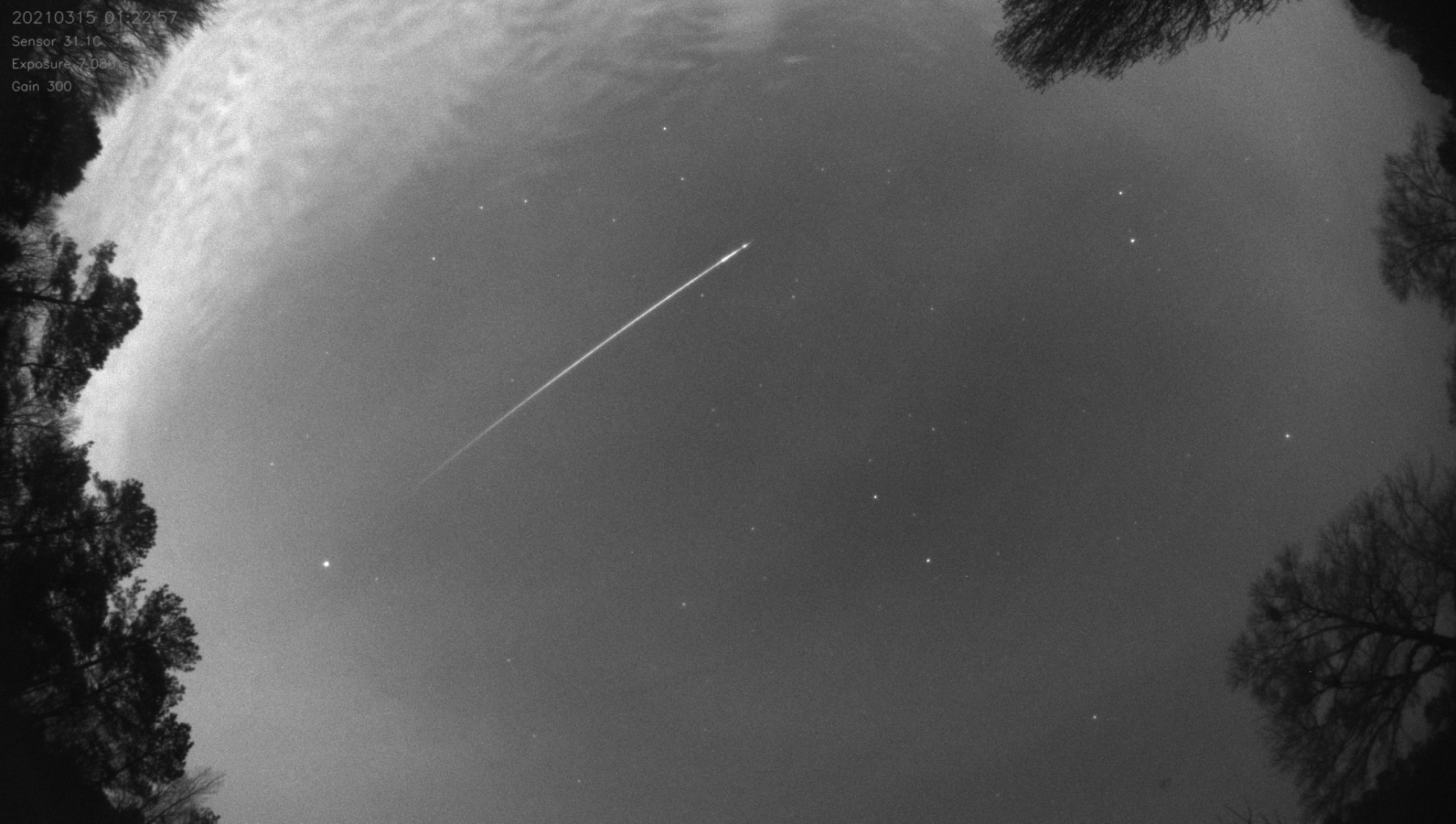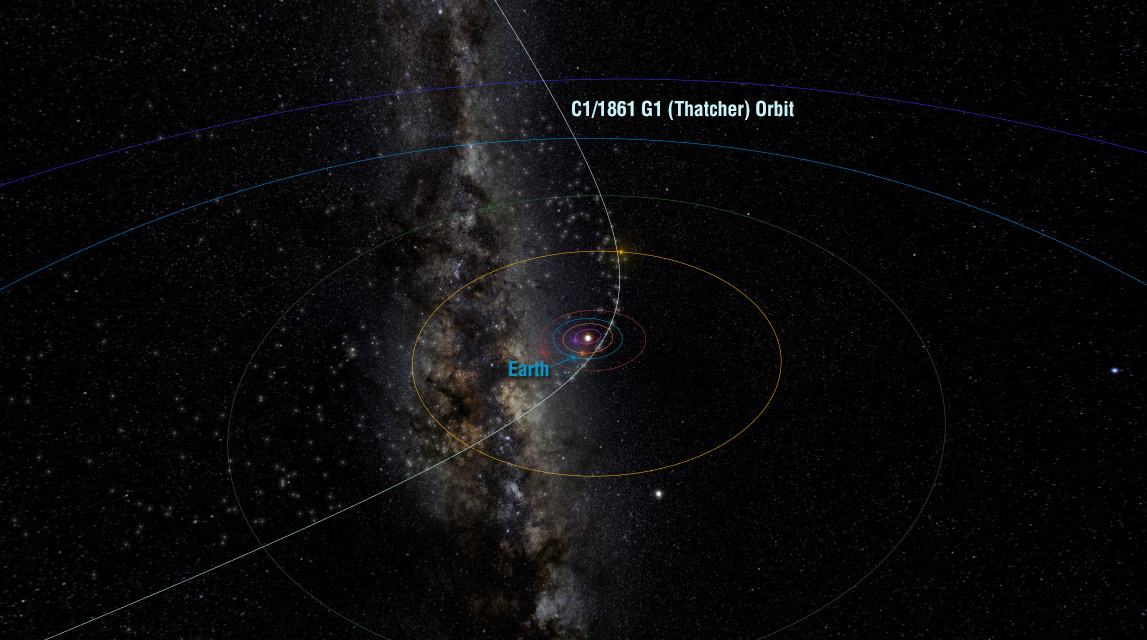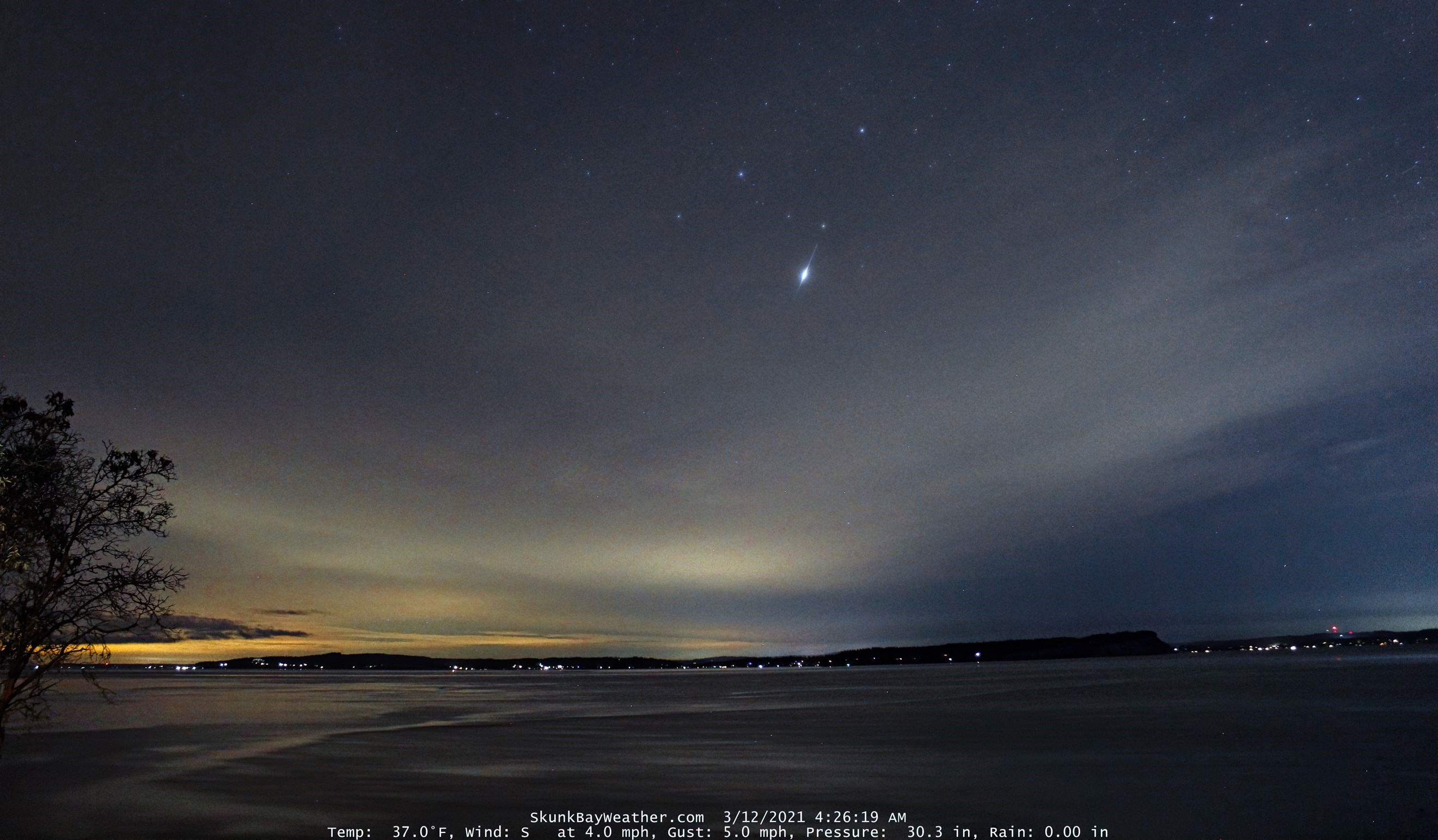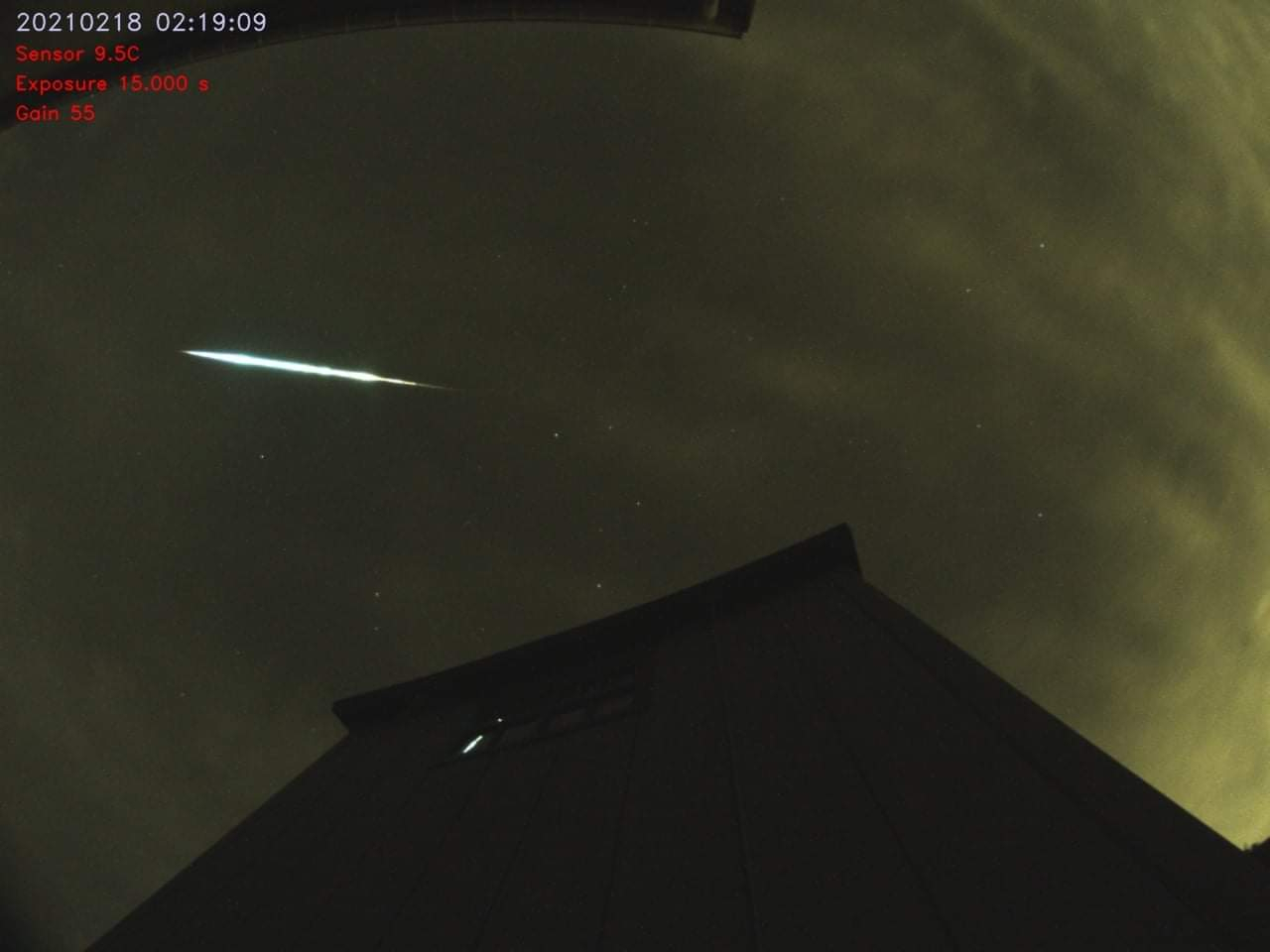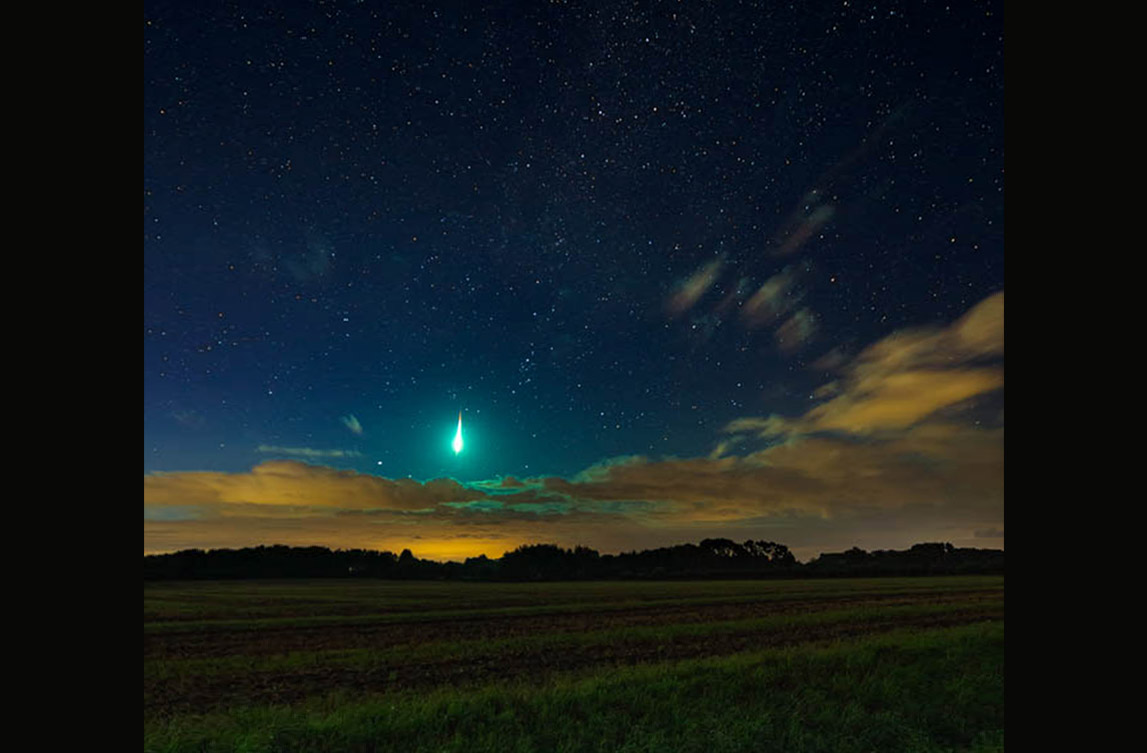
Meteor Activity Outlook for August 28-September 3, 2021
During this period evening skies will be free of interfering moonlight, but morning observers must take care to avoid the moon within their field of view. The moon rises later with each passing night enlarging the window of opportunity to view meteor activity under darker skies.
 American Meteor Society
American Meteor Society


